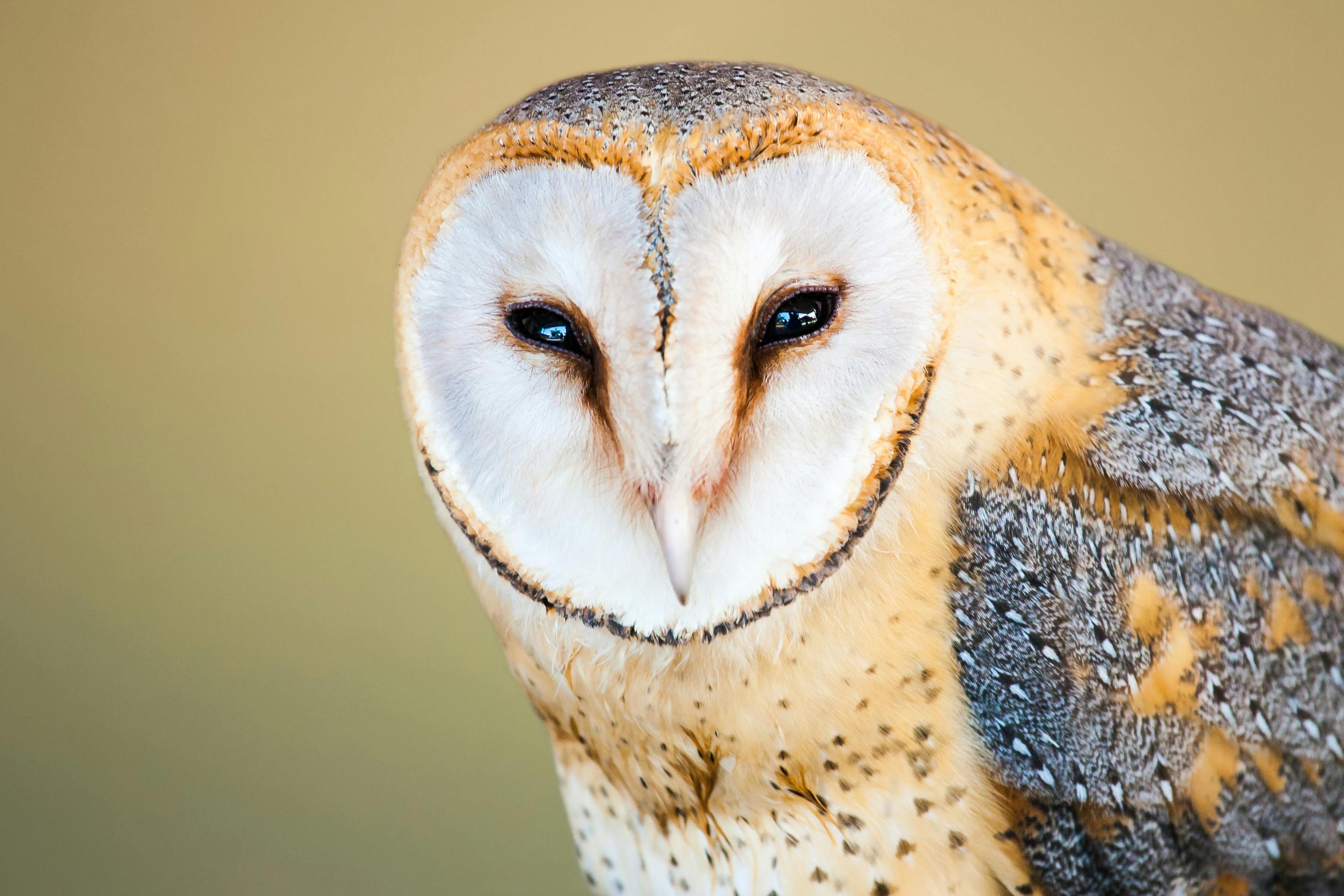The barn owl (Tyto alba) is a species of owl that is found in many parts of the world, including Europe, Asia, Africa, Australia, and the Americas. Known for their heart-shaped faces, distinctive calls, and silent flight, barn owls are one of the most recognizable and beloved birds of prey.
Barn owls are medium-sized owls, measuring between 13 and 20 inches in length and weighing between 10 and 20 ounces. They have a distinctive white, heart-shaped facial disc that helps to focus sound waves and locate prey. Their feathers are light brown with white spots, which helps to camouflage them in their natural habitats.
Barn owls are primarily nocturnal hunters, feeding on a variety of small mammals, including rodents, shrews, and rabbits. They are well adapted to hunting in low light conditions, using their keen sense of hearing to locate prey and their silent flight to surprise and capture it. Barn owls have excellent hearing, with ears that are placed at different heights on their head to help them locate prey based on sound cues.
Barn owls are also important in controlling rodent populations, making them a valuable species for farmers and other landowners. They are known to nest in cavities, such as abandoned buildings, trees, or cliffs. Barn owls are monogamous and mate for life, with both parents involved in raising and feeding their young.
Despite their widespread distribution and adaptability, barn owls face a number of threats, including habitat loss, pesticide use, and road mortality. Climate change is also affecting their distribution and behavior, as changes in temperature and precipitation patterns can alter the availability of prey and nesting sites.
Conservation efforts for barn owls include habitat protection, nest box installation, and the reduction of pesticide use. In many areas, citizen science projects are also helping to monitor and track barn owl populations, providing valuable data for conservation efforts.
In conclusion, the barn owl is a beloved and fascinating bird of prey that is found in many parts of the world. Known for their silent flight, heart-shaped faces, and important role in controlling rodent populations, barn owls are an important part of many ecosystems. By working to protect and conserve these magnificent birds, we can help to ensure their long-term survival and continue to enjoy their beauty and grace for generations to come.


Comments
Post a Comment